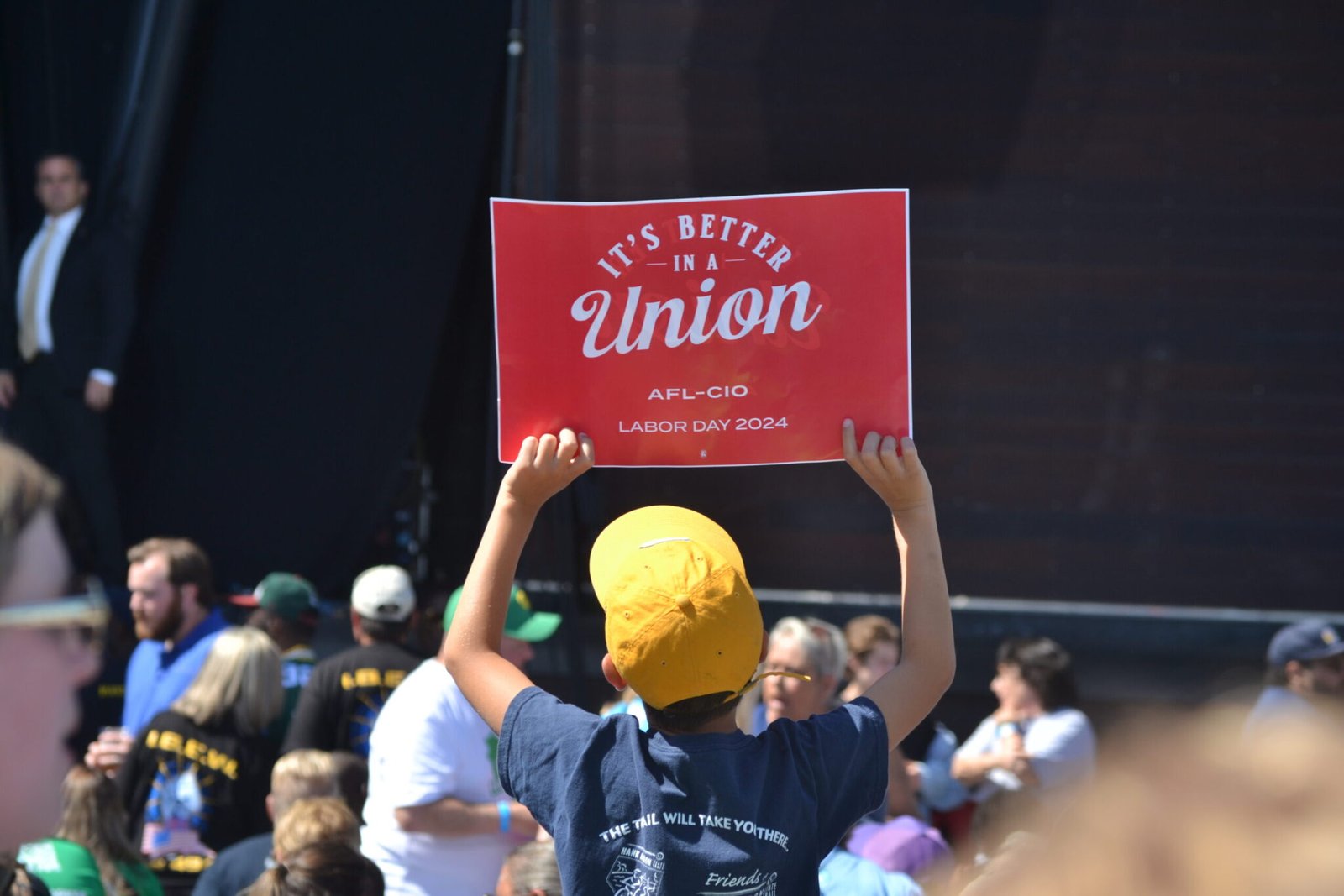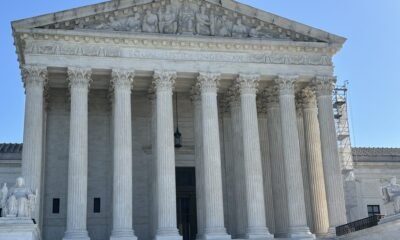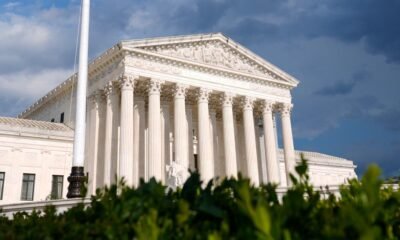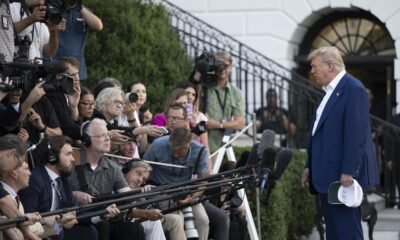2024 election
In Key Swing States, Unions Mobilize to Stop Trump’s Comeback

As the presidential election approaches on November 5, swing states like Wisconsin are critical battlegrounds. These regions will significantly influence the election’s outcome, capturing the attention of voters from both major parties.
Efrain Campos, a recently retired carpenter from Wisconsin, represents the shifting priorities of working-class voters. After decades in commercial construction, Campos attended Laborfest in Milwaukee, where he initially supported President Joe Biden. However, the replacement of Biden with Vice President Kamala Harris as the Democratic candidate caused him to reconsider. “We need somebody to help the middle people,” he remarked, advocating for policies that uplift the average worker.
Despite past solidarity with the Democratic Party, Campos expressed doubt about former President Donald Trump’s pro-worker image. “He’s a rich man, he gets his way,” Campos stated, reflecting a sentiment shared by many union members critical of Trump’s support base.
The Democratic Party is now counting on union strength in states like Pennsylvania, Michigan, and Wisconsin, even though their influence has waned over the years. Union leaders, including the AFL-CIO, are mobilizing efforts to rally support for Harris in a vital electoral push. However, many rank-and-file union members show considerable divergence from their leaders, with a significant portion leaning toward Trump.
“Union members are not monolithic in terms of party support,” explained Paul Clark, from Penn State University. Many union members remain aligned with Republican ideologies, indicating the need for strategic outreach by Democratic leaders.
Notably, Teamsters General President Sean O’Brien recently announced that the union wouldn’t formally endorse either candidate, reflecting the complex preferences within their membership. In contrast, other unions, such as the North American Building Trades Unions, are intensifying their canvassing efforts for Harris while claiming increased engagement among their ranks.
Labor leaders advocate Harris primarily due to her alignment with progressive labor policies that emerged during the Biden administration, including major infrastructure investments that prioritize union jobs. Meanwhile, Trump continues to court union voters through controversial proposals like promising to block certain corporate acquisitions that affect steelworkers, despite unions’ public endorsements for Biden.
In Nevada, Trump’s appeal extends to hospitality workers as he proposes eliminating federal taxes on tipped income. However, the Culinary Workers Local Union 226 maintains firm support for Harris, who has also promised to improve conditions for tipped workers. Culinary Union Vice President Leain Vashon emphasized the critical need for trust, suggesting, “Kamala has a plan, Trump has a slogan.”
Union efforts to engage members are paramount as they pivot to the general election. “These jobs don’t come out of thin air,” emphasized Nick Webber of the building trades group. Both Webber and other union leaders highlight the importance of member-to-member communication to counteract misinformation and clarify their platforms.
Believing that many union members are still considering their options, labor leaders are intensifying outreach efforts. The United Auto Workers (UAW) has created a video aimed directly at its members, seeking to highlight past grievances with Trump while underscoring recent progress under the Biden administration. UAW President Shawn Fain warns against voting against labor interests, framing Biden and Harris as the candidates who promise to reinvigorate manufacturing investments.
Union members like Paula Uhing have expressed a cautious optimism about bringing more union voters to support Harris. “People at work are reconsidering the Democratic ticket,” she noted, observing a shift in opinions compared to previous cycles. As both campaigns gear up for the final stretch, the outcome in the battleground states remains in play, heavily influenced by the union vote.

















